Secret Tunnels Discovered Under a 4,300-Year-Old City in China
Archaeologists reveal they’ve made a startling discovery during excavations that have been taking place at the ancient Chinese city of Houchengzui in the nation’s northern region.
At the site, which dates back over 4,000 years, researchers discovered a series of artificial underground tunnels that run beneath the stone city.
Ancient Stone City of Houchengzui
The city of Houchengzui is an archaeological site found in the Qingshuihe county of Hohhot, which currently serves as the capital of the Inner Mongolia autonomous region.
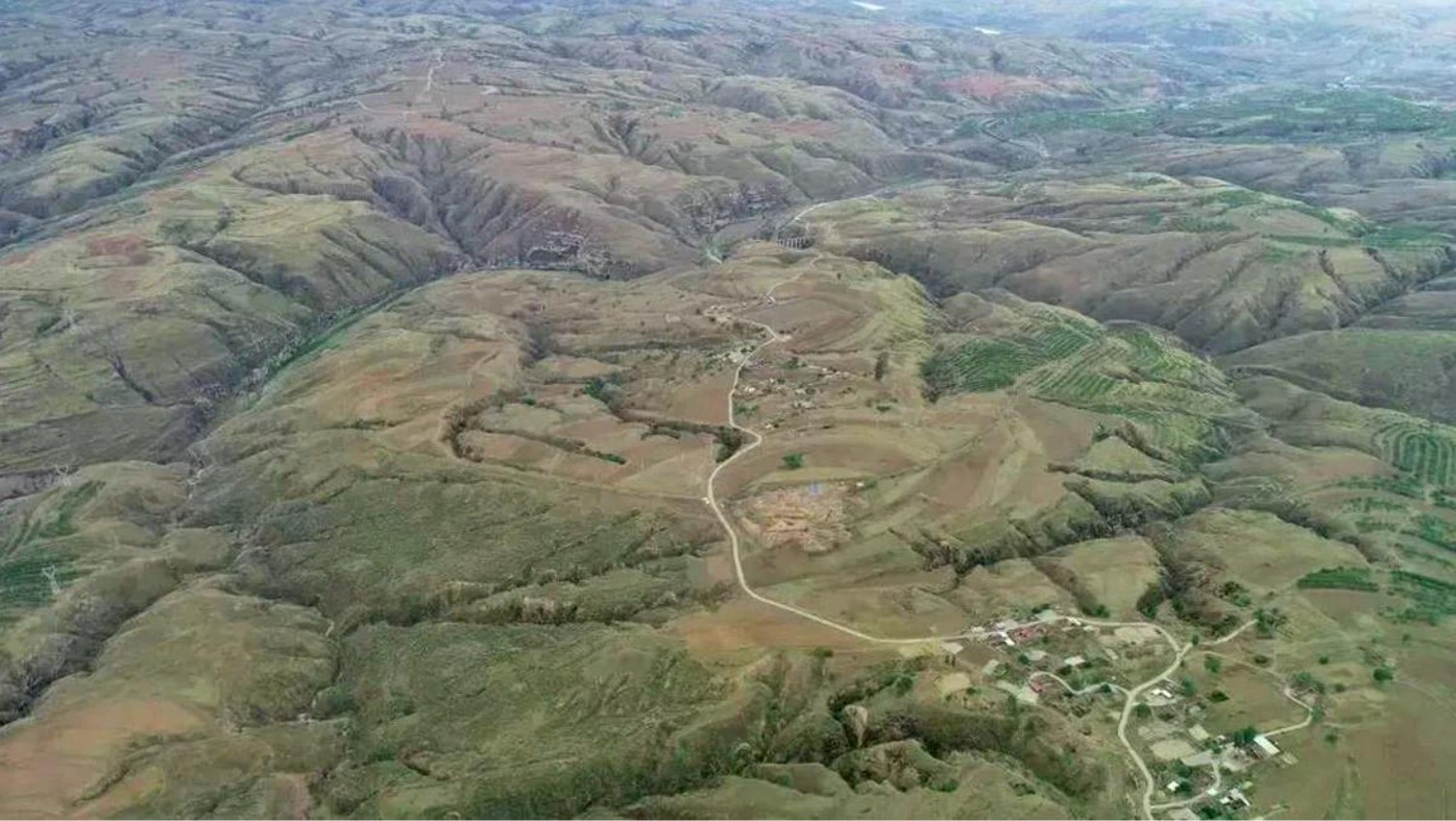
Source: indy100.com/Facebook
It was first discovered in the 1980s, yet major excavation work didn’t begin until 2019.
Four Thousand-Year-Old Impenetrable Fortress
Today, the Stone City of Houchengzui is little more than a ruin and a shadow of its former self.
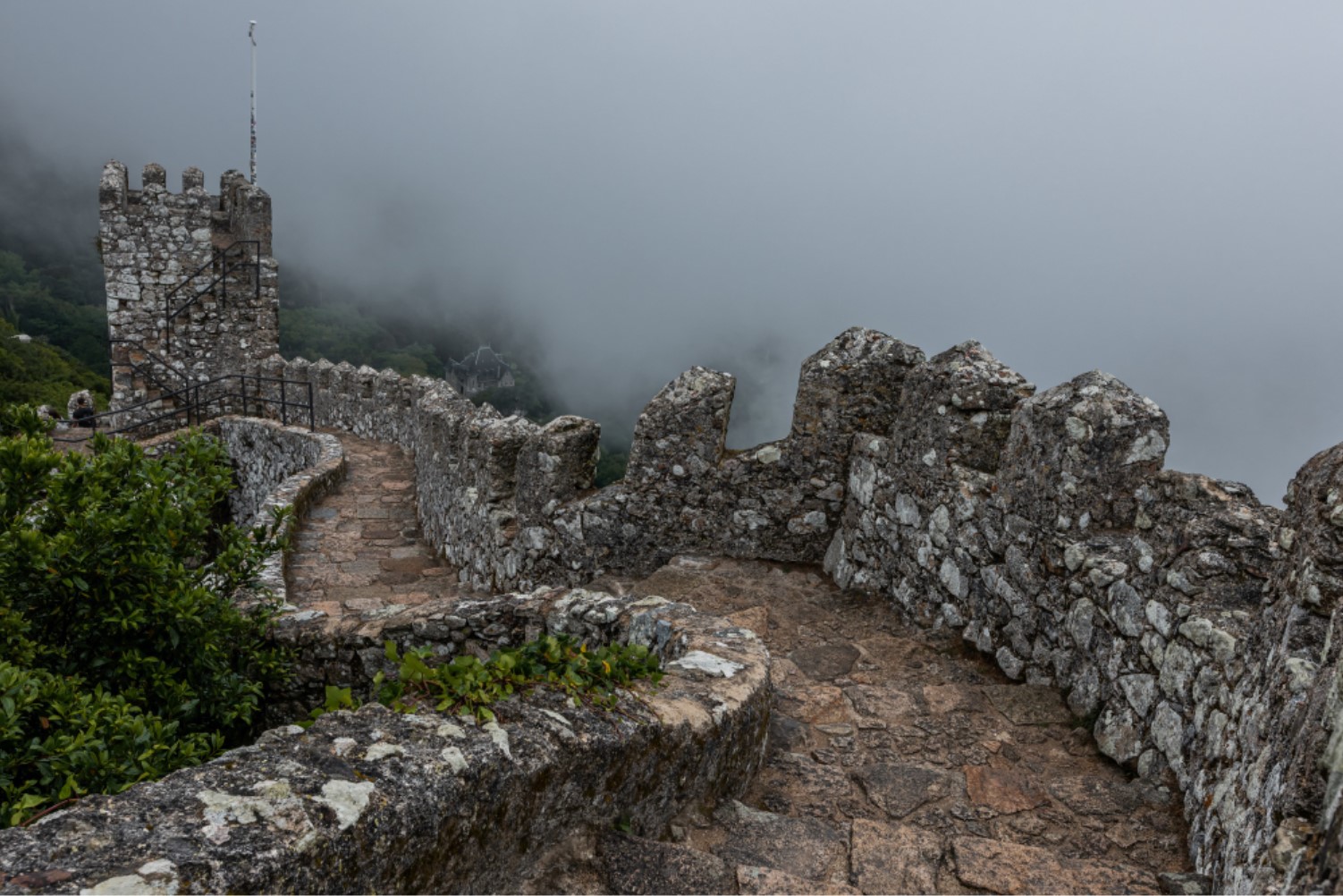
Source: Freepik
However, archaeologists agree that over four thousand years ago, it would have been an impenetrable fortress. This is due to the impressive defensive features implemented by its former inhabitants.
Ancient Metropolis in Mongolia
The ancient city covers an estimated 1.38 kilometers (slightly less than 1 mile) and is comprised of various defensive features, including three concentric walls, gates, and bastions.

Source: Alison Wright/Getty Images
According to best estimates, Houchengzui dates to around 2300 BCE, a time when Neolithic societies were thriving in this part of the Mongolian heartland.
Underground Tunnels Beneath the City
After several years of study at Houchengzui, experts came across a fascinating discovery: below the city lies numerous underground tunnels.
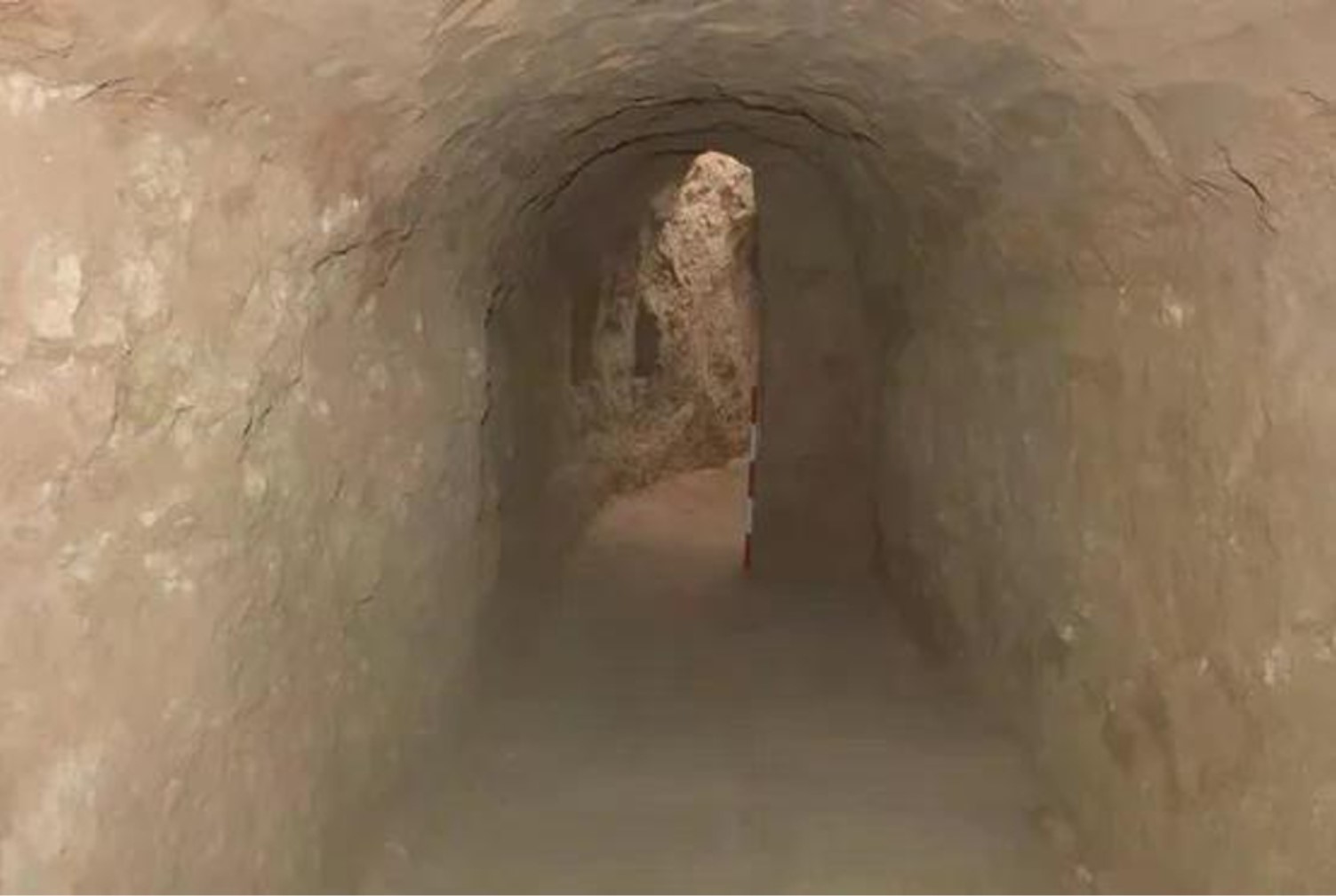
Source: indy100.com/Facebook
Archaeologists hope further excavations will help researchers better understand the tunnels alongside the region’s early inhabitants.
Archaeologist Speaks on the Tunnels
The director of the Cultural Relics and Archaeology Academy of Inner Mongolia, Sin Jinsong, spoke first and confirmed the tunnels back in 2019.

Source: indy100.com/Facebook
“We even found two underground tunnels,” Sun said. “One leads from the inner barbican to the outside of the city, and the other is connected to the moat. Further study is needed to figure out what they were used for.”
More Tunnels Discovered in Recent Excavations
Now, at least four more tunnels have been found, each of which interconnects to form an underground network.
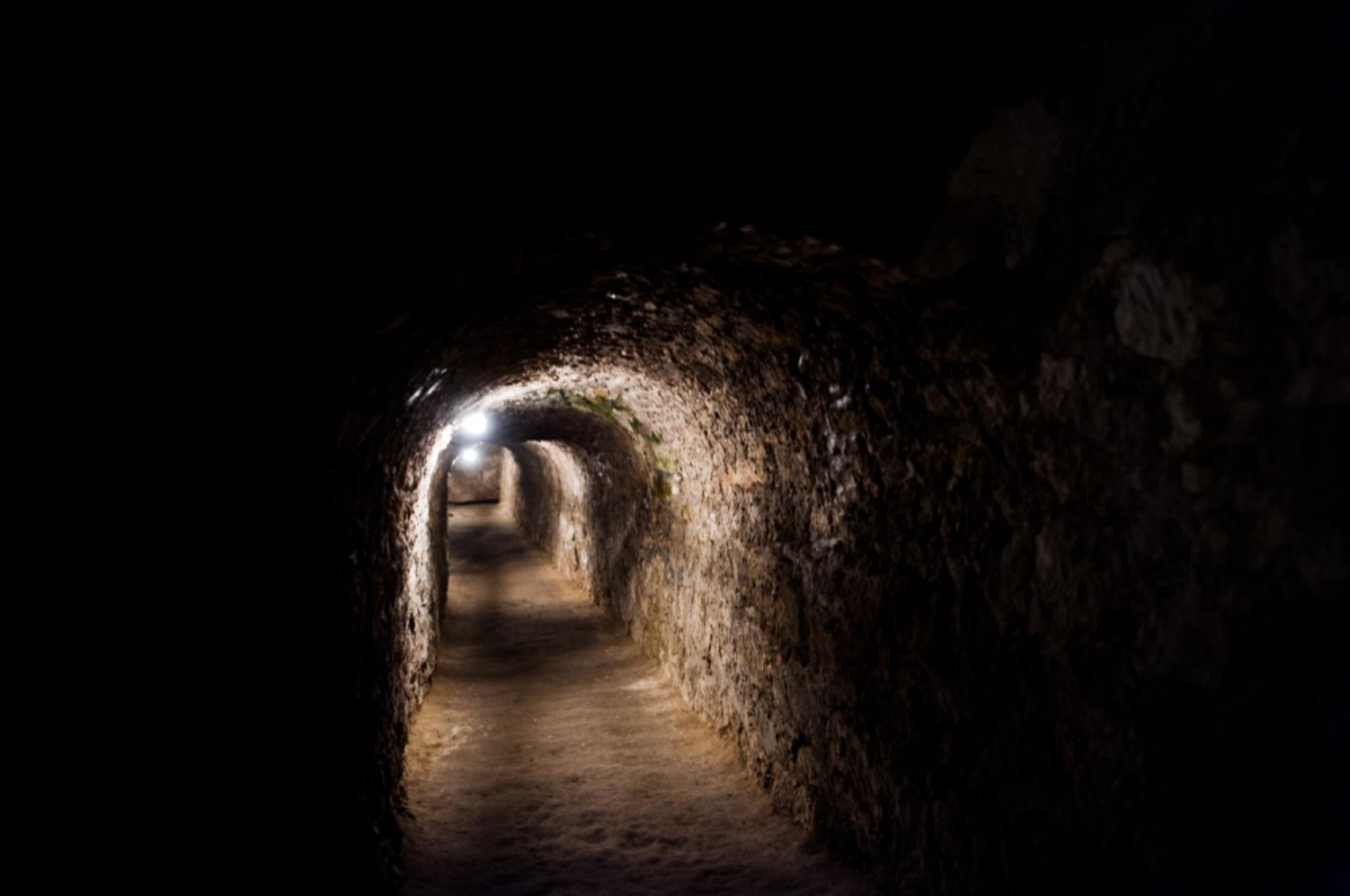
Source: Freepik
Photos shared online show the tall passageways, while others show the entrance to the mysterious underground tunnel system.
Tunnel System Extends Deep Underground
Reports suggest that the system of tunnels extends anywhere from 5 to 20 feet under the surface.
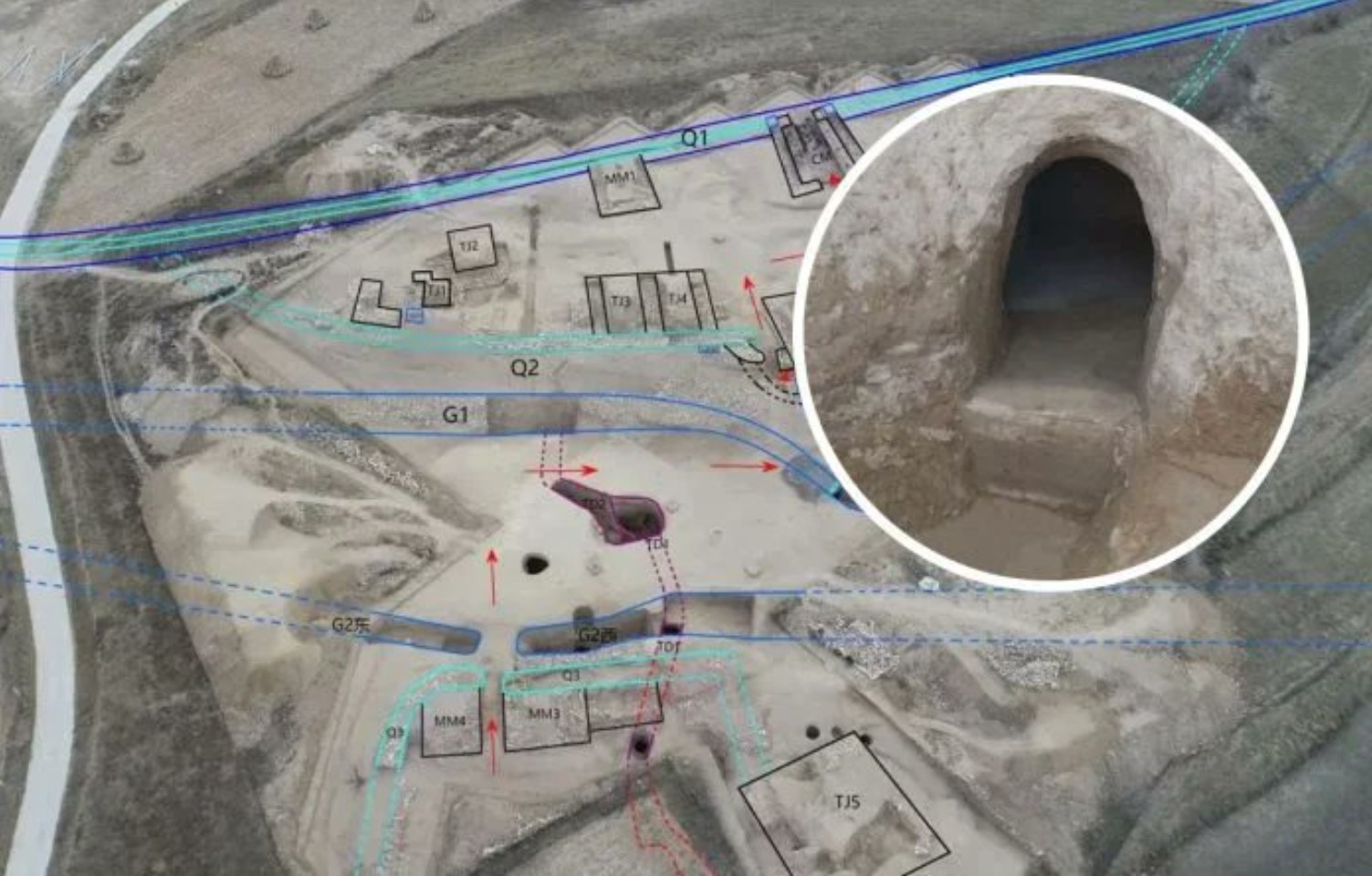
Source: @OreroCreations/X
Some of the passages are around 3 feet high, whereas others reach up to 6 feet in places.
Purpose of the Underground Tunnels
Why the Neolithic populations of the region decided to create the tunnels has yet to be fully explained.

Source: Freepik
Due to the defensive nature of the site, some researchers have theorized the tunnels were escape routes. Several tunnels lead beyond the city’s ramparts and out to the land beyond the walls.
More to Learn at the Ancient City
Excavations will continue in the city of Houchengzui over the next few years.
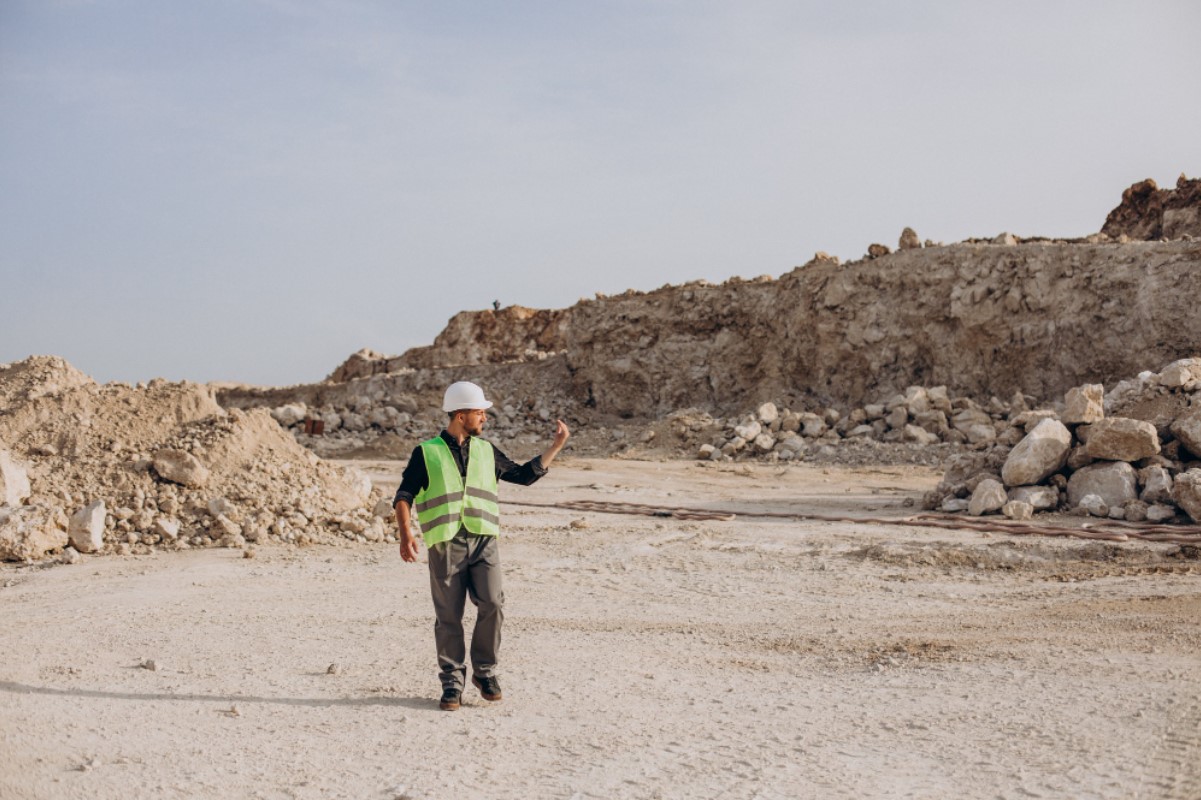
Source: Freepik
Archaeologists believe the continued work will help them better understand the secretive tunnel system and potentially locate more in the region.
Houchengzui Linked to Shimao Stone City
While the intricate tunnel system has sparked the curiosity of archaeologists, others can’t help but notice similarities between it and another ancient site, Shimao Stone City.
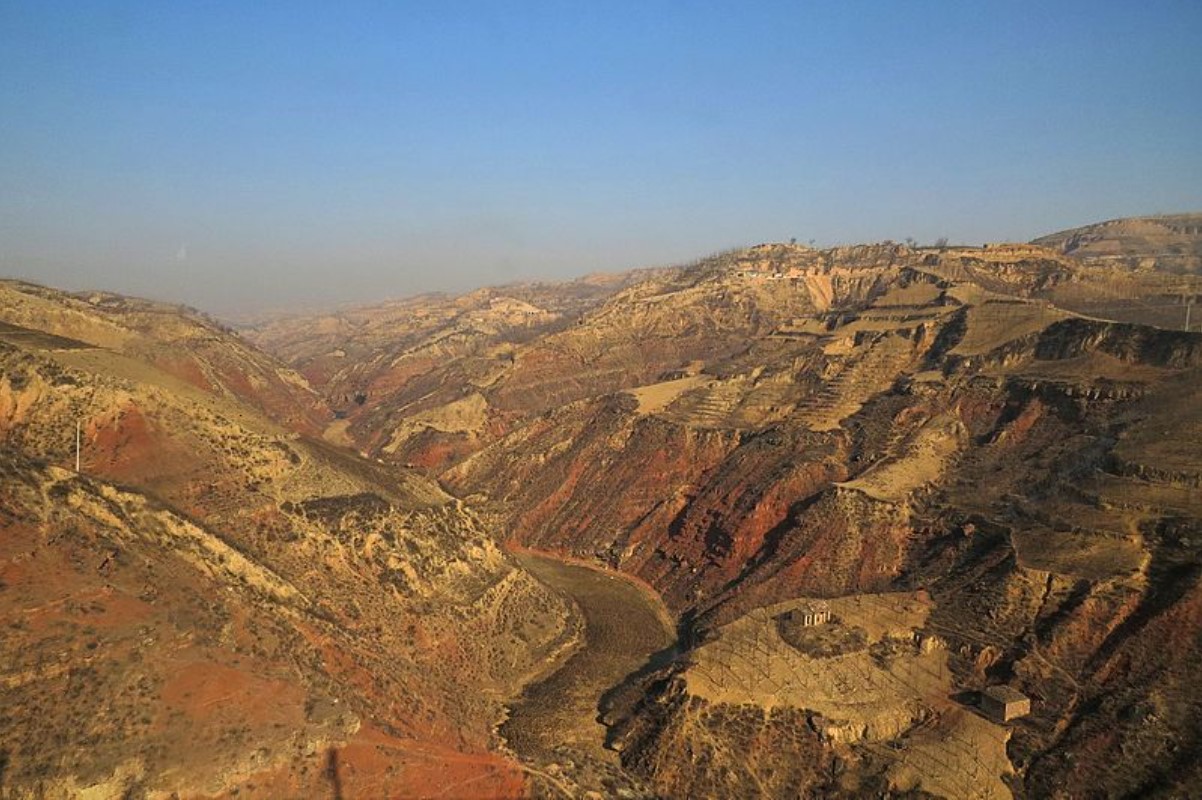
Source: N509FZ/Wikipedia
Found in the Shaanxi province of China, the 4000-year-old site of Shimao was made using building techniques similar to those of contemporary Houchengzui.
Civilizations of the Yellow River
Archaeologists initially wrongly ascribed the construction of the Shimao site to the Ming Dynasty, who ruled over China from 1368-1644.
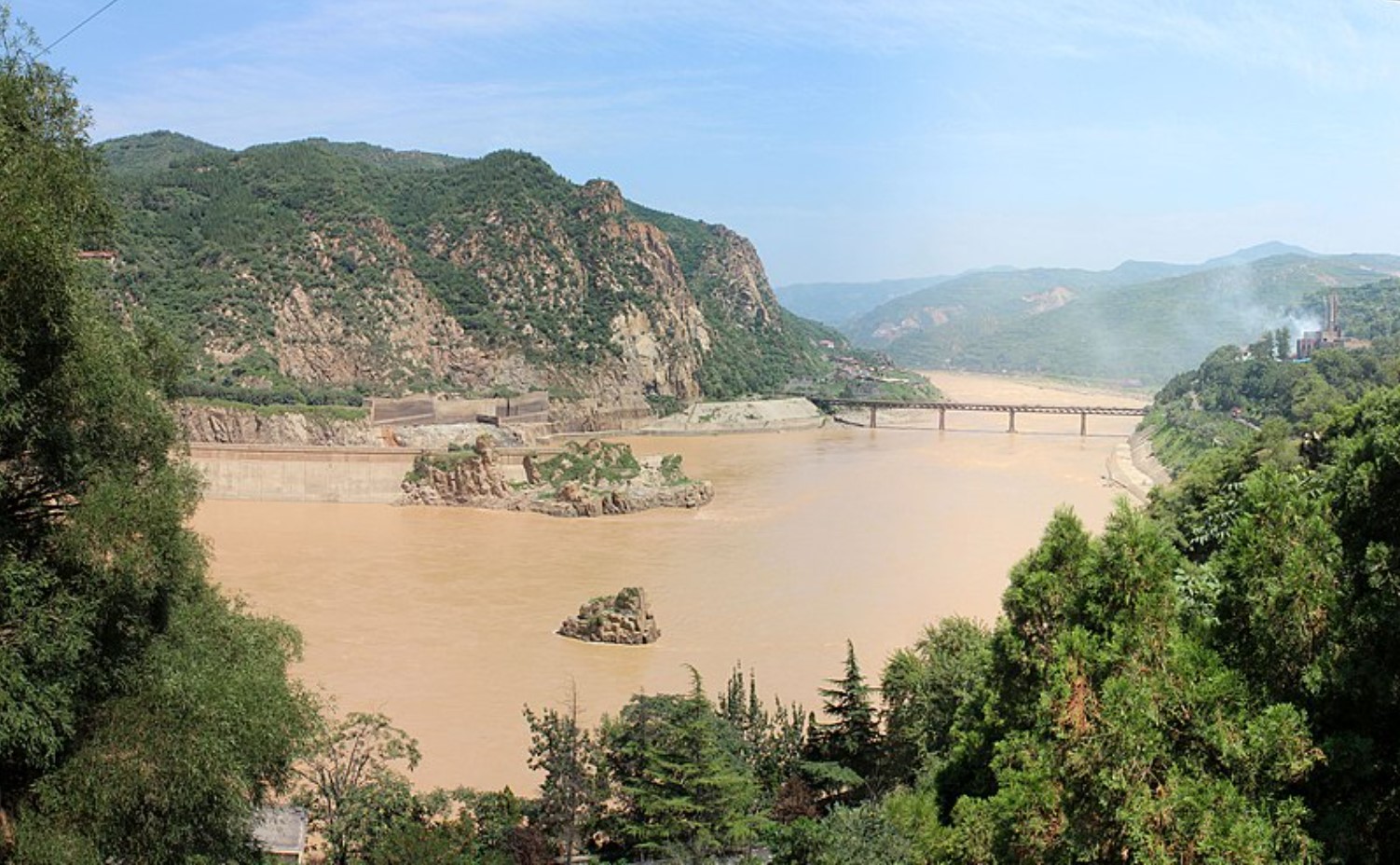
Source: fading/Wikipedia
Researchers now know it goes back over 3,500 years before this period. While further excavations need to be carried out, archaeologists are hopeful the sites can help them better understand the cultures that arose along China’s Yellow River.
